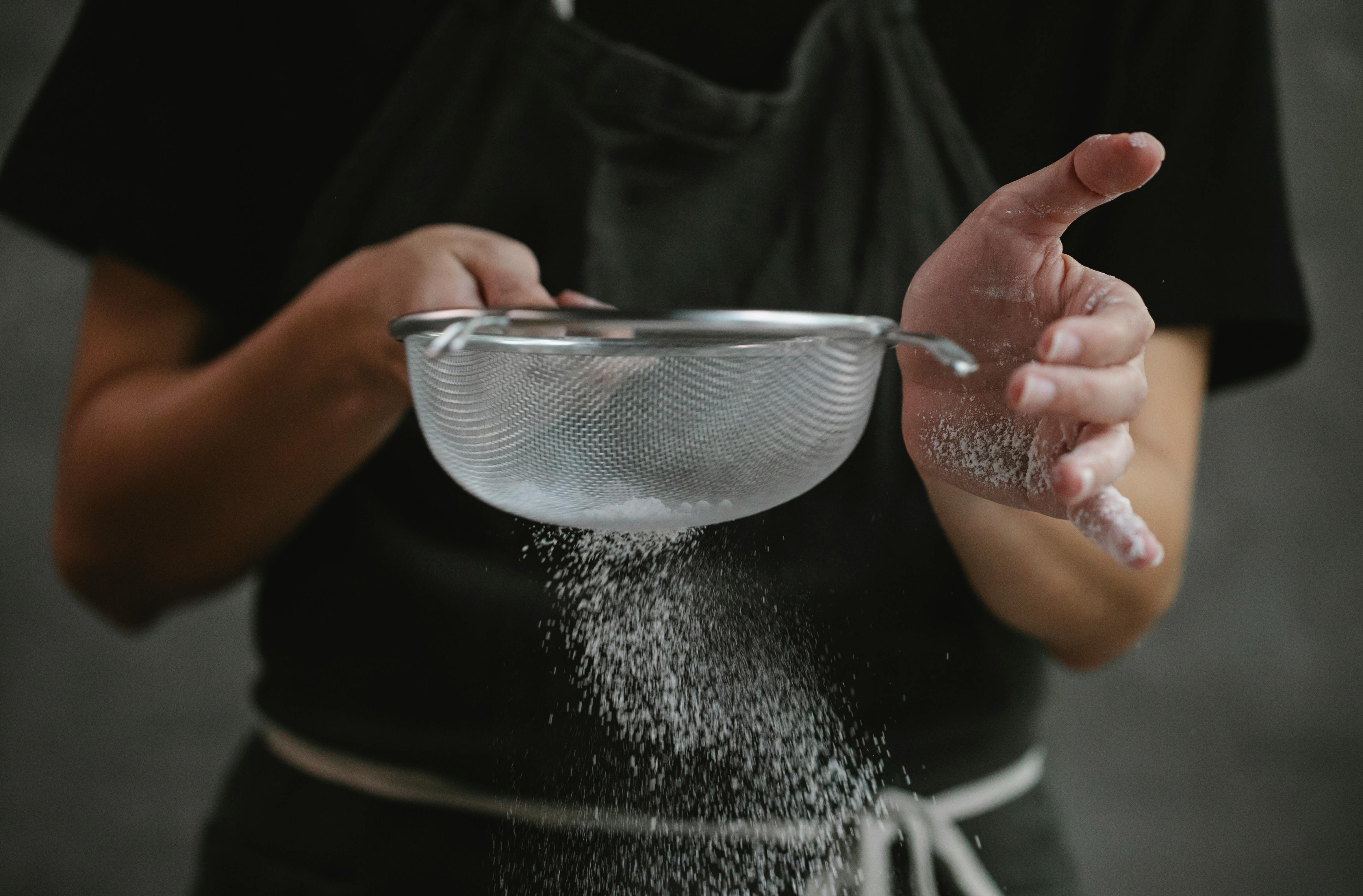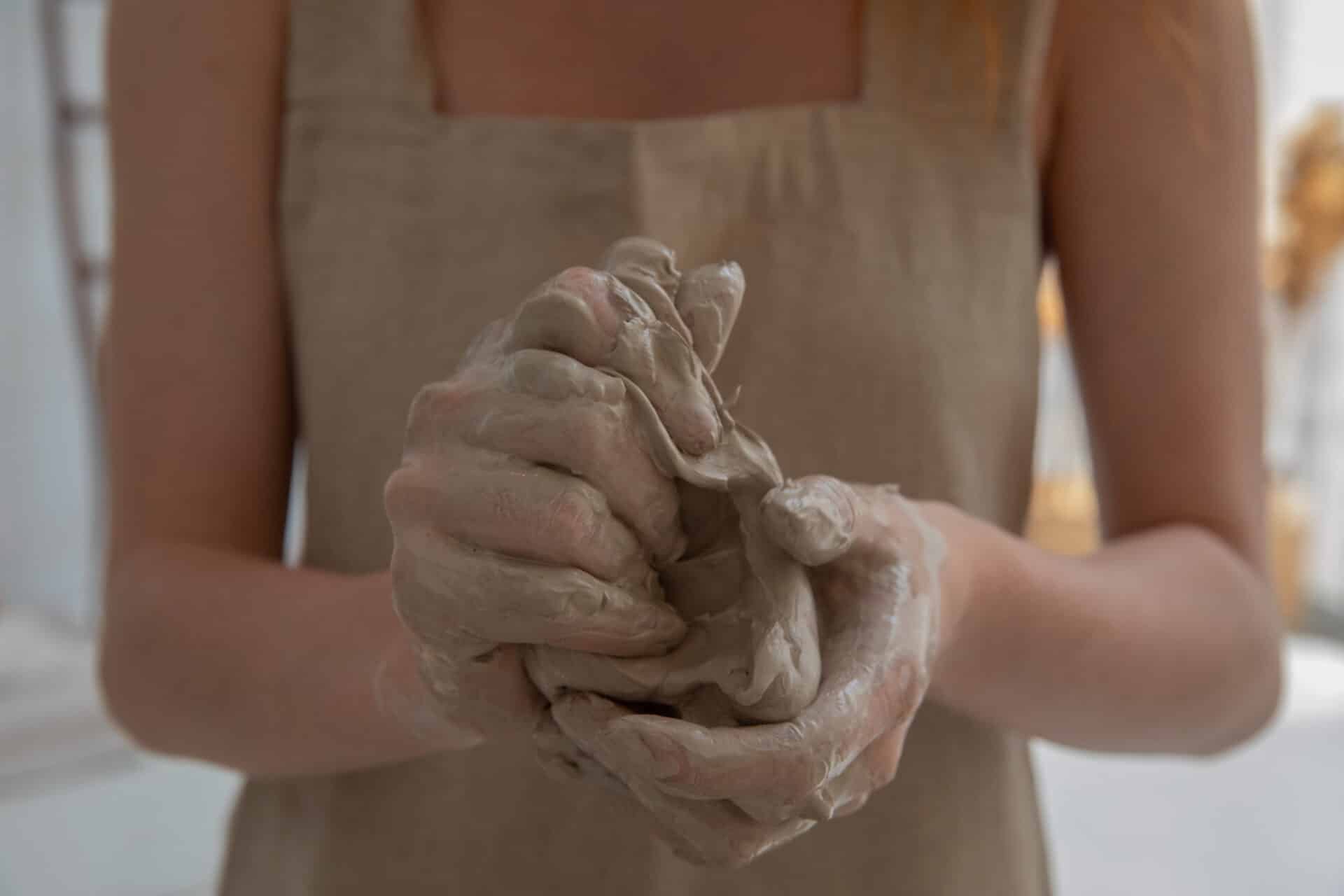Making tincture with distillate is a great way to create at-home herbal remedies that can be used to treat various ailments. Tinctures are typically made with herbs and alcohol, but distillate can be used as a substitute to make a more potent, concentrated tincture. Distillate is an oil-based extract that is created by using heat and pressure to separate the compounds within cannabis. This process results in a clear, potent concentrate that is perfect for making tinctures. In this article, we’ll go over the steps needed to make a tincture with distillate at home, as well as provide some tips for best results.Making tincture with distillate requires the following steps:
1. Gather the ingredients needed – distillate, an alcohol carrier such as vodka or grain alcohol, and herbs of your choice.
2. Place the herbs in a clean jar, and fill it with just enough of the carrier alcohol to cover them. Make sure to use a jar that has an airtight lid.
3. Pour in the distillate and stir until it is completely mixed in with the carrier alcohol and herbs.
4. Cover the jar tightly and store it in a dark place for two to three weeks, shaking it every few days to mix everything together.
5. After two to three weeks have passed, strain out the herbs using a cheesecloth or fine mesh strainer.
6. Pour your tincture into a clean glass bottle and store it in a cool, dry place away from direct sunlight for up to one year.
What Is Tincture?
A tincture is a type of liquid extract made by soaking plant material in an alcohol solution. It is used to make herbal remedies, such as extracts and medicinal oils, as well as for flavoring food and drinks. Tinctures are often used in aromatherapy and homeopathy. They are a popular form of herbal medicine because they are easy to make and store, and they can be taken in small amounts over a long period of time. The alcohol in tinctures helps to preserve the active ingredients from the plant material, ensuring that they remain potent and effective. Tinctures can be made with any type of herb or plant material, including leaves, flowers, bark, roots, berries, and other parts of plants. They can also be made with a combination of herbs or plants for more specific purposes. In some cases, a preservative may also be added to extend the shelf life of the tincture.
Tinctures are typically taken orally but can also be applied topically or inhaled through aromatherapy. When taking a tincture orally, it is important to follow the instructions on the label carefully as different herbs have different strengths and potencies. To use topically or via aromatherapy, it is best to consult an experienced herbalist or healthcare practitioner for advice on how to safely use tinctures.
The Benefits Of Making Tincture With Distillate
Making tinctures with distillate is becoming more popular due to the many benefits it offers. Distillate is a highly concentrated form of cannabis extract, meaning it contains the highest levels of cannabinoids and terpenes compared to other forms of cannabis extracts. This makes distillate an ideal base for creating tinctures because it provides a consistent and potent dose each time. Additionally, distillate tinctures are much easier to make than other types of cannabis extract tinctures as they do not require any special equipment or processes.
In addition to being easy to make, distillate tinctures offer several other benefits. Firstly, they are more shelf-stable than other forms of cannabis extract tinctures so they can be stored for longer periods without degrading in quality. Secondly, they are highly concentrated so a small amount is all that is needed to experience significant effects. Lastly, because distillates contain only pure cannabinoids and terpenes, they provide a clean and consistent experience each time with no unwanted residue or additives.
Overall, making tinctures with distillate is becoming increasingly popular due to its ease of use and numerous beneficial characteristics. Not only are these types of tinctures easy to make but they also offer a more potent and consistent dose than other forms of cannabis extract tinctures. Additionally, because these products are highly concentrated and shelf-stable, users can enjoy their effects for longer periods without the worry of degradation in quality or unwanted additives in their dosage.
Ingredients Needed To Make Tincture With Distillate
Making tincture with distillate is a relatively easy process that can be done at home with some basic ingredients. The main ingredients needed to make a tincture with distillate are: distillate, an emulsifier (such as vegetable glycerin or propylene glycol), and a flavoring agent (such as essential oils or extracts). Other items that may be needed include a measuring cup and spoon, bottles for storing the tincture, and labels.
Distillate is the main ingredient in making a tincture. Distillates are typically derived from cannabis plants and are highly concentrated. They contain high amounts of both cannabinoids (such as THC and CBD) as well as terpenes, the molecules responsible for giving cannabis its distinct aroma and flavor. When making a tincture with distillate, it is important to use high-quality distillates that have been tested for purity.
An emulsifier is also needed when making a tincture with distillate. Emulsifiers help bind the oil-soluble components of the distillate to the water-soluble components so that they can mix together properly when added to liquid. Common emulsifiers used in tinctures include vegetable glycerin and propylene glycol. It is important to use an emulsifier that has been specifically formulated for use in tinctures, as some emulsifiers can reduce potency or create an unpleasant taste if not used correctly.
Finally, flavoring agents such as essential oils or extracts are used to enhance the flavor of the finished product. Different types of essential oils or extracts can be used depending on desired taste preferences. Some common flavoring agents used in tinctures include peppermint oil, lavender oil, orange extract, and vanilla extract. Be sure to use only food-grade flavoring agents when making your own tinctures at home!
Once you have all of your ingredients gathered together, you are ready to start making your own homemade tinctures with distillate! This process is relatively easy but does require some patience and precision in order to ensure that you get the desired results from your finished product.
STEP 1: PREPARING THE NECESSARY MATERIALS
Before you start making your tincture, it is important to make sure that you have all the necessary materials. You will need distillate, a glass jar, and a solvent such as alcohol or glycerin. You can also add other ingredients such as herbs or essential oils for flavor and medicinal properties. Make sure to use high-quality distillate for your tincture to ensure the best results.
STEP 2: MEASURING THE DISTILLATE
Once you have all the necessary materials, it’s time to measure out the distillate. Depending on how strong you want your tincture to be, you can adjust the amount of distillate used. Generally speaking, using a ratio of one part distillate to two parts solvent is recommended for most tinctures.
STEP 3: MIXING THE SOLVENT AND DISTILLATE
Once you’ve measured out the correct amount of distillate and solvent, it’s time to mix them together. Carefully pour the distillate into the jar and then add in the solvent until it completely covers the distillate. Make sure that there are no air bubbles in the mixture by stirring gently with a spoon or other utensil until everything is evenly blended together.
STEP 4: ADDING OTHER INGREDIENTS (OPTIONAL)
If desired, you can also add other ingredients such as herbs or essential oils at this point in order to add flavor or medicinal properties to your tincture. Simply stir them into the mixture until they are evenly distributed throughout.
STEP 5: SEALING THE JAR
Once all of your ingredients have been added and mixed together, it’s time to seal up your jar so that nothing evaporates out while it sits during the infusion process. Place a tight-fitting lid on top of your jar and secure it tightly so that no air can escape from inside or enter from outside.
STEP 6: ALLOWING YOUR TINCTURE TO INFUSE
Now that you’ve prepared your tincture mixture, it’s time to let it infuse for a few weeks in order to allow all of its flavors and medicinal properties meld together properly. Place your sealed jar in a cool dark place and allow it to sit undisturbed for at least 2-4 weeks before moving on to step 7.
STEP 7: STRAINING YOUR TINCTURE
After your tincture has had time to infuse properly, it’s now time to strain out any solids or debris that may have settled during this process. To do this simply line a strainer with cheesecloth or another fine cloth material and slowly pour your tincture through it into another clean container below. Once all of your liquid has been strained out you can discard any remaining solids in the strainer and move on with step 8!STEP 8: BOTTLING YOUR TINCTURE
Finally, once all of your solid debris has been removed from your tincture its now time for bottling! Carefully pour each portion into its own bottle making sure not exceed any fill lines if applicable and secure each lid tightly before storing away in a cool dark place for future use!
Gather Your Ingredients
Before you start making your tincture, make sure you have all the ingredients ready. You’ll need a bottle of distillate, some grain alcohol (such as vodka), and your choice of herbs. Depending on what type of tincture you’re making, you may also need to gather additional ingredients such as essential oils or glycerin. Once you have everything on hand, it’s time to get started!
Mix the Distillate and Alcohol
The first step in making a tincture is to mix the distillate and the alcohol together. Start by pouring equal parts of each ingredient into a bowl or other container. Mix them together until they are thoroughly combined. If you’re using essential oils or glycerin, add them now as well.
Add Herbs
Once the liquid mixture is ready, it’s time to add your herbs. Start by crushing or grinding the herbs into a fine powder if necessary. Then add them to the liquid mixture and stir until everything is evenly distributed. If you are using dry herbs, make sure they are completely submerged in the liquid.
Let Mixture Steep
After adding the herbs, let the mixture steep for at least four weeks in a cool, dark place. You can shake or stir it every few days to help release more of the herbal properties into the liquid.
Strain Mixture
On completion of steeping period, strain out all solid materials from your tincture by using cheesecloth or any fine mesh sieve. Discard solids and keep only clear liquid in container.
Bottle Your Tincture
Once you’ve strained out all of the solids from your tincture, it’s time to bottle it up! Use an airtight container such as an amber glass bottle with a dropper lid so that you can easily measure out how much tincture you want each time. Label your bottles with information about what type of tincture it is and when it was made so that you know when it expires.
Advantages Of Making Tincture With Distillate
Making tinctures with distillate is becoming increasingly popular among herbalists, as it offers a number of advantages. Distillate is a concentrated liquid extract of herbs, and has been used in traditional medicine for centuries. The process of distillation allows for the extraction of specific compounds from plants, which can then be used to create powerful tinctures.
One of the major advantages of using distillates to make tinctures is that it allows for the creation of very consistent products. Because the process of distillation separates out specific compounds from plants, each batch will be exactly the same in terms of its composition and potency. This makes it easier to ensure that each batch is effective and safe for consumption.
Another advantage to using distillates to make tinctures is that they are much more potent than traditional herbal extracts. Traditional extracts typically contain only a small amount of active ingredients, while distillates are able to extract higher concentrations. This means that less product needs to be used in order to achieve the same results, making them more cost effective as well.
Finally, distillates offer greater flexibility when making tinctures. Since they are so concentrated, they can be mixed with other herbs or liquids in order to create unique blends or flavors. This makes it easier for herbalists to create customized products that meet their specific needs and preferences.
Overall, making tinctures with distillate offers many benefits over traditional extracts. They are more consistent in composition and potency, more cost effective, and offer greater flexibility when creating custom blends or flavors. For these reasons, many herbalists are turning towards using distillates when creating their own tinctures.
Type of Distillate
When making a tincture with distillate, it is important to consider the type of distillate being used. Is it a full-spectrum extract or an isolate? Full-spectrum extracts contain more cannabinoids and terpenes, while isolates are just the active ingredients. Depending on the desired effects, one may be better than the other. Additionally, certain distillates may contain higher concentrations of THC or CBD than others. Knowing this can help you choose the right product for your needs.
Desired Effects
Before making a tincture with distillate, it is important to consider what effects you are trying to achieve. Do you need something to help with pain relief, or do you want something that provides more of a calming effect? Different distillates will have different effects depending on their cannabinoid and terpene profiles, so it is important to be aware of what you are looking for before committing to a product.
Delivery Method
When deciding which type of tincture to make with distillate, it is also important to consider the delivery method. There are many ways to consume distillate tinctures including sublingual administration and ingestion. The delivery method can affect how quickly the effects will be felt and how long they will last. Additionally, the taste and smell of certain tinctures can vary depending on the delivery method chosen.
Cost
Cost is another factor that should be taken into consideration when making tinctures with distillates. The cost of buying quality distillate can vary greatly depending on where it is sourced from and how much is needed for a particular recipe. Additionally, if using an isolate or full-spectrum extract, there may be additional costs associated with purchasing these products separately in order to make the desired tincture.
Storage
Finally, storage should also be considered when making a tincture with distillates. Different types of storage containers may be necessary depending on what type of distillate is being used and how long it needs to last before being used up. It is also important to ensure that proper temperature control guidelines are followed in order to maintain quality control and preserve freshness over time.

Conclusion
Making tincture with distillate is an easy and straightforward process. It involves decarboxylation of the cannabis flower, infusing it in a solution of high-proof alcohol, and straining the mixture. This process can take several weeks to fully infuse, so patience is key. The end result will be a concentrated tincture that can be used to make edibles, topicals, and other cannabis products.
The amount of THC in the tincture will depend on the potency of the cannabis flower used, as well as on how long it is allowed to infuse. To ensure accurate dosage, it is important to use a cannabis distillate that has already been decarboxylated and accurately labeled with its THC content.
Making tincture with distillate can be a great way to make your own cannabis-infused products from the comfort of your home. With careful planning and attention to detail, you can create an effective and enjoyable medicine or recreational product that you can trust.
Happy creating!

